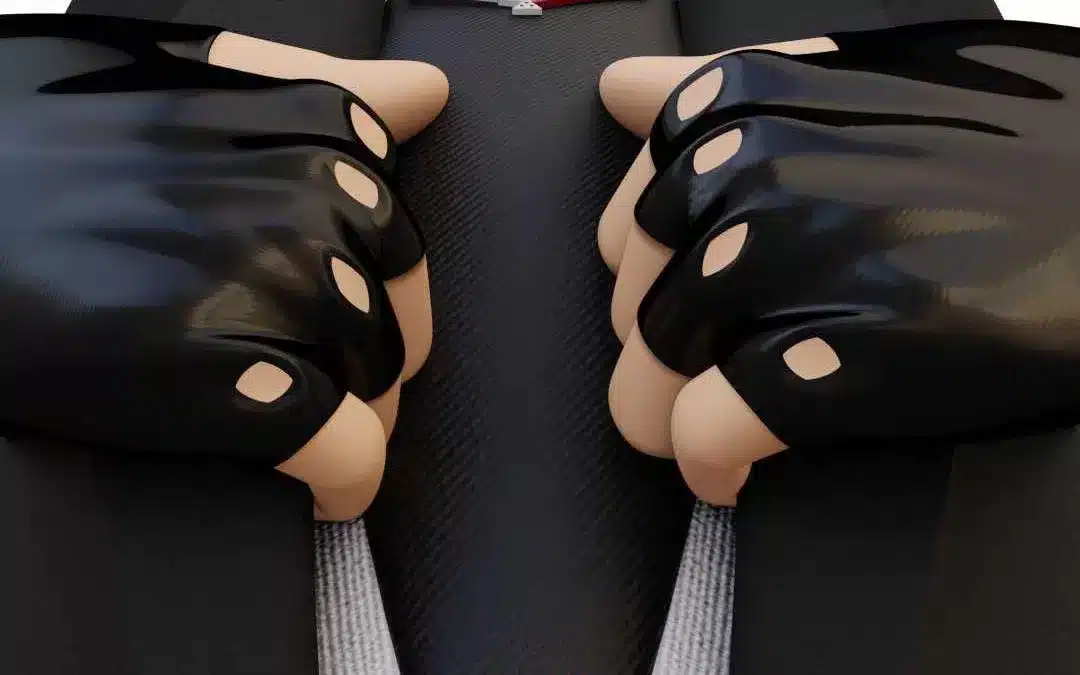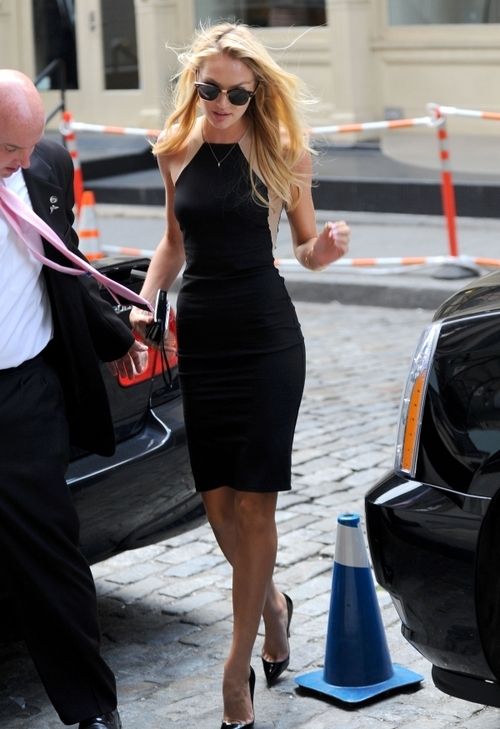This has been the year of fashion NFTs. But what are non-functioning tokens – NFTs, why is everyone rushing to cash in, and what do they mean for an industry that has remained resolutely physical for so long?
On 10th September 2021, Karl Lagerfeld NFTs, totalling 777 pieces, priced at 77 euros each, sold out in 33.77 seconds. Dropped on THE DEMATERIALISED, a digital fashion marketplace, Chromatik Karl and Ikonik Karl NFTs have quickly become the blueprint for those chasing the NFT dream because they either have a FOMO (fear of missing out) or they understand that the power of digital ownership creates opportunities.
Dismiss or invest in NFTs
2021 has been the year of NFT fever. With Google searches for NFTs on the rise, the NFT market has seen $2.5 billion in sales in the first half of 2021, compared to the $13.7 million sales of the year before. With the fashion industry attempting to uncover the technology’s potential, it comes as no surprise that after making its debut into the virtual world, Karl Lagerfeld has already confirmed that another drop is underway.
As successful as the Karl Lagerfeld NFTs were, it is important that brands first understand that NFTs relate to fashion differently than other industries that are more accustomed to selling digital goods. This is mainly because traditional fashion brands, famously rigid in digital adoption, are finding it hard to let go of physicality. Consequently, those observing this space are usually wondering, what are NFTs, why is everyone rushing to cash in, and what they mean for an industry that has remained resolutely physical for so long.
NFTs are Non-Fungible Tokens; non-fungible refers to one-of-a-kind, a unique digital asset. More than just a run-of-the-mill crypto coin, NFTs are digital files created as jpg, png, .mov or 3D fashion files before being minted (attached) to a blockchain. As digital assets, NFTs are managed and authenticated via digital ledgers or blockchains, held in digital wallets the same way cryptocurrencies and other tokens are, and they function as valuable items traded within the digital space.
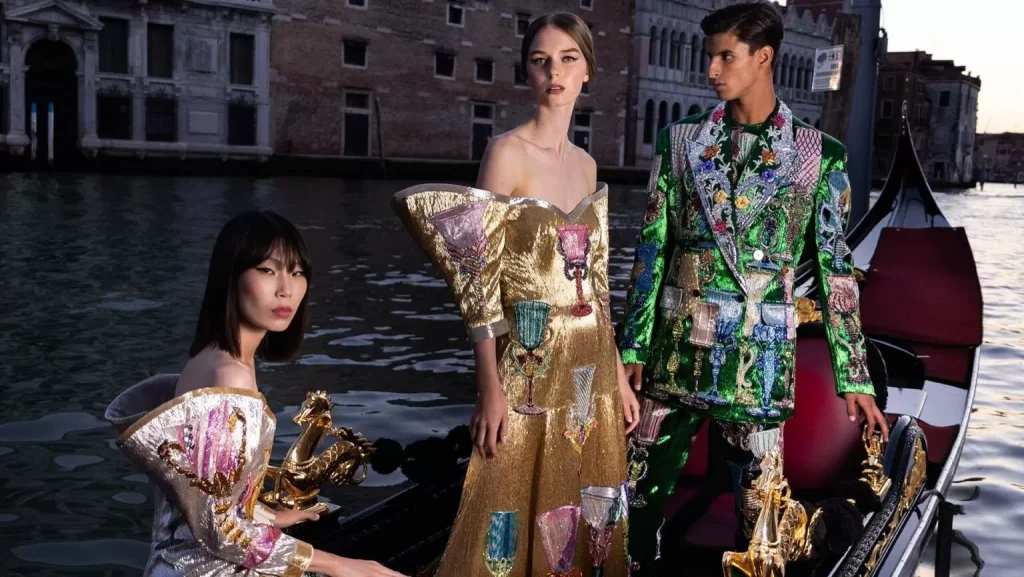
Like a one-of-a-kind trading card, NFTs cannot be copied or hacked. However, they are not mutually interchangeable, which means no two NFTs are the same. For example, bitcoin is fungible. This means that you can trade one bitcoin for another, and you’ll have the same thing. However, when it comes to NFTs, they are non-fungible, which means that when you buy an NFT, instead of receiving a physical object you can wear (and which doubtless has many duplicates in the real world), for example, you will instead get a unique JPG file that can’t be replaced with something else.
“NFTs allow files to become assets. They have a unique on-chain identity and a smart contract component that tracks authorship and ownership. Therefore, any virtual environment or Metaverse could potentially integrate them to either be seen or ideally traded,” explained Karinna Nobbs, the Co-Founder of the aforementioned THE DEMATERIALISED, a digital asset platform powered by the Lukso blockchain.
With NFT technology expected to change the way brands incorporate non-fungible tokens into their design and marketing strategies, the craze has been recognised as a digital revolution responsible for shifting the fashion market in a direction that nobody saw coming. As people are cashing in on NFTs, it’s been reported that an eye-watering amount has already been spent on digital handbags like the baby Birkin that sold for more than the physical one and trainers like the virtual ones launched by RTFKT Studios. Although there’s an element of blind speculation to their valuations, these are early proof points of the idea that people will pay to stake their claim to previously ephemeral things.
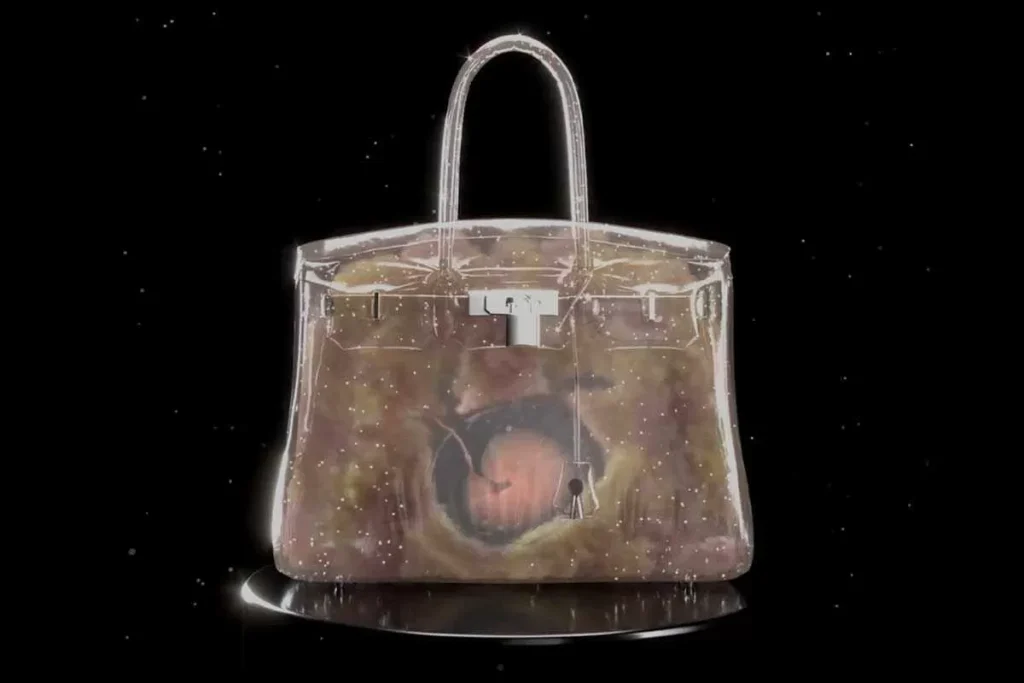
On this phenomenon, some experts have commented that the interest in fashion NFTs is tied to the fact that we are currently witnessing the first-ever digital fashion being created – something that has an easy analogue in the early stages of any other art form. Imagine owning the first fashion NFT and then finding out in 10-15 years that it is worth ten times more than you paid for it, the same way a piece of art from an emerging creator might be. The potential earning power of NFTs has made the technology very inviting and triggered what might be categorised as a gold rush.
As NFTs continue to open doors to new forms of consumption and production, many more fashion brands are starting to invest in a brand-new business of digital collectables. But how will incorporating NFTs in the revenue model bring radical changes to the Metaverse?
Time to Prepare Fashion For The Metaverse-based Future
William Quigley, Co-Founder of stablecoin Tether, famously said, “I’m betting that the revenue model for the metaverse is going to be NFTs.” The pioneer in cryptocurrency views the Metaverse as “a huge economic force that’s going to change people’s lives significantly in coming years”. But what, exactly, is the Metaverse?
First coined in science fiction, the term Metaverse combines the prefix “meta”, meaning beyond, and “universe”. On the Metaverse, which has not fully come into existence, Paris-based strategist and inventor Evelyn Mora believes that “we are building something that is a safe extension of our physical existence.”
Thrilled that the Metaverse is shattering physical boundaries and constraints, metaverse consultant Cathy Hackl told The Interline that she encourages brands to see the Metaverse as a further convergence of our physical and digital lives. With Augmented Reality’s (AR) potential to make fashion NFTs more valuable, Hackl believes, “In some ways, the metaverse is about the internet-breaking free from the rectangles in our hands, desks, and walls and being all around us,” she explains.
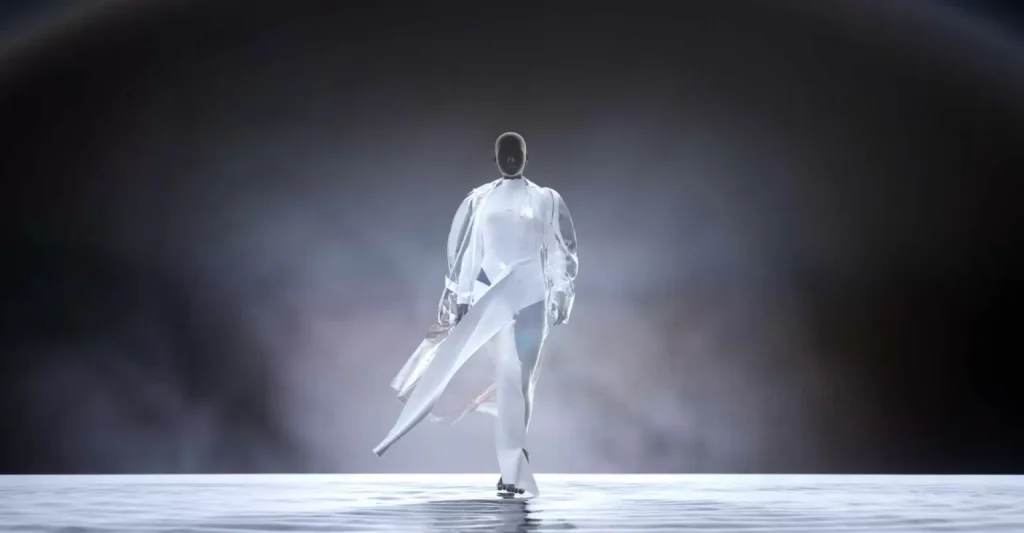
In preparation for the metaverse future, the fashion industry needs to understand that NFTs are all about ownership over digital items, and the Metaverse is simply taking that concept into one or more virtual worlds. Although the Metaverse, as a business model, is not fully developed yet, NFTs are bringing this creative playground to life.
NFT Marketplaces, Unlocking Limitless Possibilities
You cannot talk about NFTs and the Metaverse without acknowledging the number of NFT marketplaces that have recently sprung up—offering users a place where they can buy and sell NFTs. Some of these platforms have caught the attention of investors like billionaire entrepreneur Mark Cuban, music mogul Jay-Z, and Google Ventures, who provide seed, venture, and growth-stage funding to technology companies.
Satisfying the appetite for non-fungible tokens, NFT marketplaces like OpenSea are capitalising on the growing demand for buying and selling NFTs across multiple sectors – from music and art to fashion. Other marketplaces providing a space for creators and designers to sell their work as non-fungible tokens are places like THE DEMATERIALISED, which I mentioned earlier, and LuxFi, a company that has established an ecosystem that enables consumers to buy, sell and invest in luxury assets through NFTs.
Also recognising the potential of NFTs is Neuno, founded by Natalie Johnson. Bridging the gap between the real world and NFTs, Neuno is encouraging the fashion industry to enter a digital utopia where one can own a unique piece of what they call “fashion history”.
“I think brands are open to exploring new ways to create new revenue streams and keen to stay relevant for the future generations and going digital is the stepping stone to that”, said Johnson to Forbes.
The NFT marketplace I find most exciting is Metajuku. It is a virtual mall and the brainchild of Janine Yorio. A fund manager for digital real estate developer Republic Realm, Yorio’s Metajuku is located in the Metaverse Decentraland, a virtual space that invites customers to enter storefronts, browse virtual NFT products and make purchases. Besides Decentraland, other online marketplaces are Cryptovoxels, Somnium Space and The Sandbox.
With regulations in this area still evolving, Dylan Hunzeker, an investor at Struck Capital Crypto, is confident that “shortly, there will be numerous marketplaces for NFTs, in the same way that there are multiple stores for goods and services”.
Exclusive Drops Breaking Barriers
A few years ago, the idea of spending real money on virtual clothes seemed far-fetched unless you were part of the gaming world. Now, as NFTs continue to tap into the human desire to own something rare, digital fashion houses like The Fabricant have become the catalyst for normalising the idea of digital clothes after successfully auctioning a unique NFT for $9500.
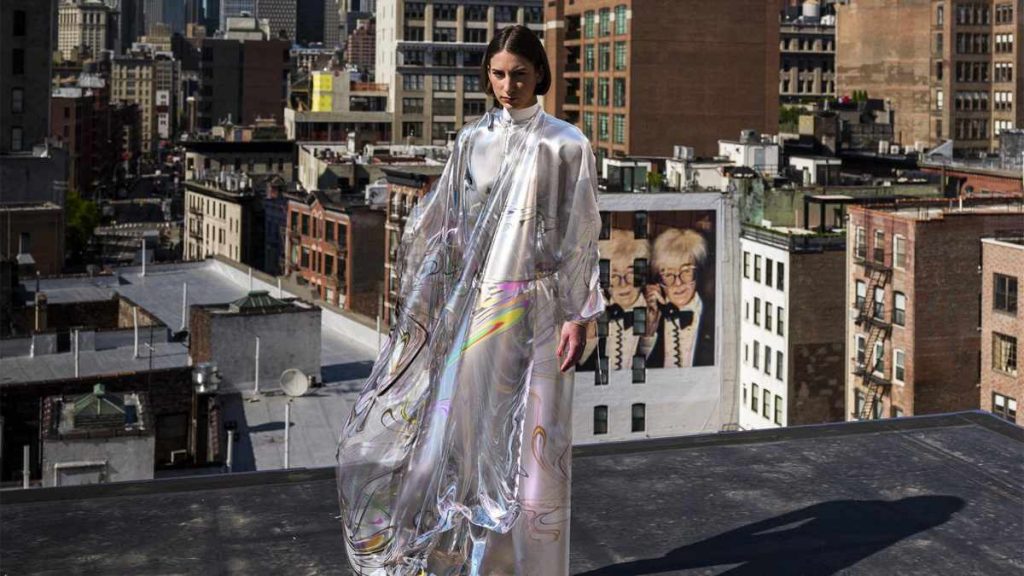
Still finding its footing, NFT technology has opened the fashion industry to new possibilities through co-creation and collaboration with crypto-native fashion brands. This is a considerable achievement for an industry notorious for being secretive about its work.
Testing the waters are luxury fashion houses with deep pockets like Gucci. The high-end brand released an exclusive drop, a digital version of Gucci’s Dionysus bag. Sold on Roblox Corp.’s platform for about $4,115, the bag was worth more than the price of the physical item. In addition, other luxury brands like Burberry and Louis Vuitton have collaborated with Blankos Block Party (Burberry) and Beeple creations (Louis Vuitton) to drop NFTs connected to video games.
More recently, the collaboration between Dolce & Gabbana and the digital marketplace UNXD caught the industry’s attention. The Italian luxury brand partnered up to launch the NFT collection called Genesi, which was promoted at Dolce & Gabbana’s shows Alta Moda, Alta Sartoria, and Alta Goilleria. However, their strategy was a little different from the other luxury brands. With their first NFT, a digital garment called “Dress from a Dream”, D&G decided not to target the younger, crypto-wealthy gaming market; instead, Domenico Dolce and Stefano Gabbana wanted to appeal to their established customer base.
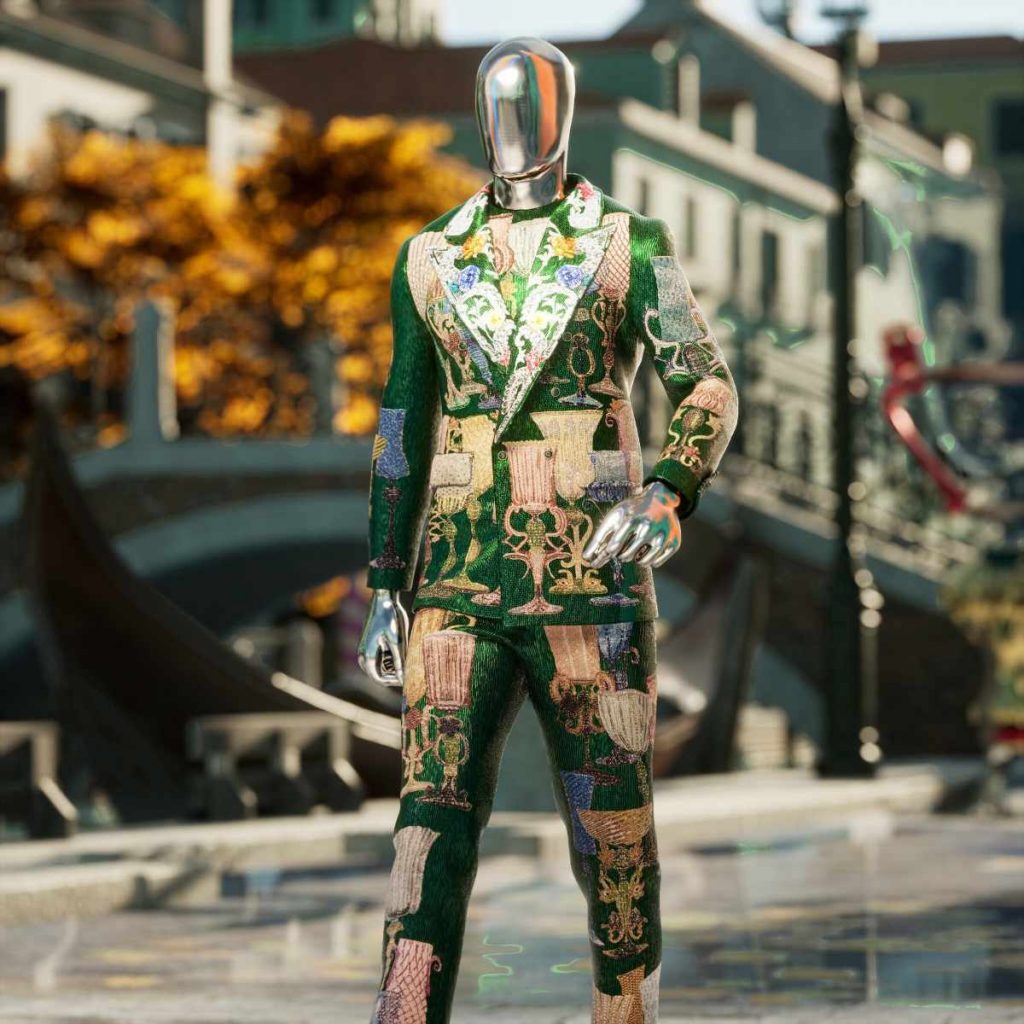
When you zoom out, you realise it is not only luxury brands flooding the NFT market; the sports industry has also been cutting itself a piece of the pie for a while now. For example, there was a collaboration between Adidas and Decentraland. They partnered up and hosted a virtual fashion exhibition where Adidas’ designs were auctioned as NFTs. Also, jumping on the bandwagon is Nike. Combining the use of NFTs with the ability to collect and customise sneakers, they patented the process behind their Crypto Kicks.
Although some of the fashion NFT projects have not held their value or increased in value, Hackl does believe that the tests and prototypes built today will set the foundation for what comes next. So, with the road ahead looking promising for the fashion industry, what is the downside of NFTs?
No Fabric, No Waste, Right?
If I have learnt something, I have learnt this; as exciting as NFTs are right now, powering this new wave of hype does come at a cost. I am not talking about how expensive it can be or how difficult it is to build and host; I am talking about the environmental cost of mining that makes NFTs possible.
For those caught up in the hype, the realisation that NFTs impact the environment may come as a surprise. “Many NFT transactions send a stronger economic signal to the miners which may lead to increased emissions,” explained Susanne Köhler, a PhD fellow to the Verge. Köhler researches sustainable blockchain technologies at Denmark’s Aalborg University.
Who are miners? When you mint NFT, Miners are responsible for completing specific tasks. These include confirming the NFT as an asset on the blockchain, ensuring that the NFT can be traded or verifiably “owned”, securing transactions that verify that the NFT is added to a block and “immortalised” on the chain, and making sure that everyone in the network confirms the block as “correct”.
If you are still wondering how? Let me try and simplify it, NFTs are dependent on Ethereum. Ethereum mining consumes about 26.5 terawatt-hours of electricity a year, which, when put into perspective, is a number that can just about rival that of a small country. So can NFTs become leaner and greener? Well, it depends on who you ask.
Evelyn Mora’s stand on that matter is that although creating, buying and selling does cost data and energy, she believes that it is a problem that is easier to solve than overproduction within the fast fashion industry. There are greener solutions for minting NFTs, such as Palm, a new NFT ecosystem built with Ethereum.
If you ask tech futurist Cathy Hackl if NFTs are bad for the environment, she would argue that not all NFTs and blockchains are the same. Thinking so is an oversimplification. Hackl advises fashion brands to check out ‘greener’ blockchain options like EOS, Flow, and Hedera.
In the end, just because NFTs have been praised for eliminating some of the fashion industry’s polluting practices does not mean that they should not be held accountable. The good news is that the blockchain community not only acknowledges the problem, but they are trying to find solutions to lessen NFTs’ environmental impact.
In my opinion, there are two lessons to take away from this ongoing debate; one to ask yourself is whether the carbon footprint of NFTs is acceptable for what they’re worth, and two, always remember that going digital does not necessarily mean full sustainability.
Key Takeaways
NFT fashion isn’t about replacing a physical garment with a digital one; instead, it is an opportunity for fashion brands to represent themselves in the digital space and tap into a new commodity market.
Excited to dive into the rabbit hole that is NFTs, Evelyn Mora recommends brands create a digital strategy that explores how they can use digital tools to curate experiences and ultimately connect digital and physical. But one needs to keep in mind that there is no guarantee that NFTs will integrate with all generations, so strategise with your targeted customer in mind.
If your primary concern is the damaging impact of Cryptocurrency mining, seek out cryptocurrencies that don’t operate on the PoW (proof of work) model, which is highly energy-intensive to run and has relatively slow throughput. Choose a more sustainable blockchain system like the PoA (proof of authority) or PoS (proof of stake) instead.
As the whole world morphs into a digital existence, I wonder, is the fashion industry ready to imagine a future where the NFT-based economy outgrows the real world? We’ll see.


